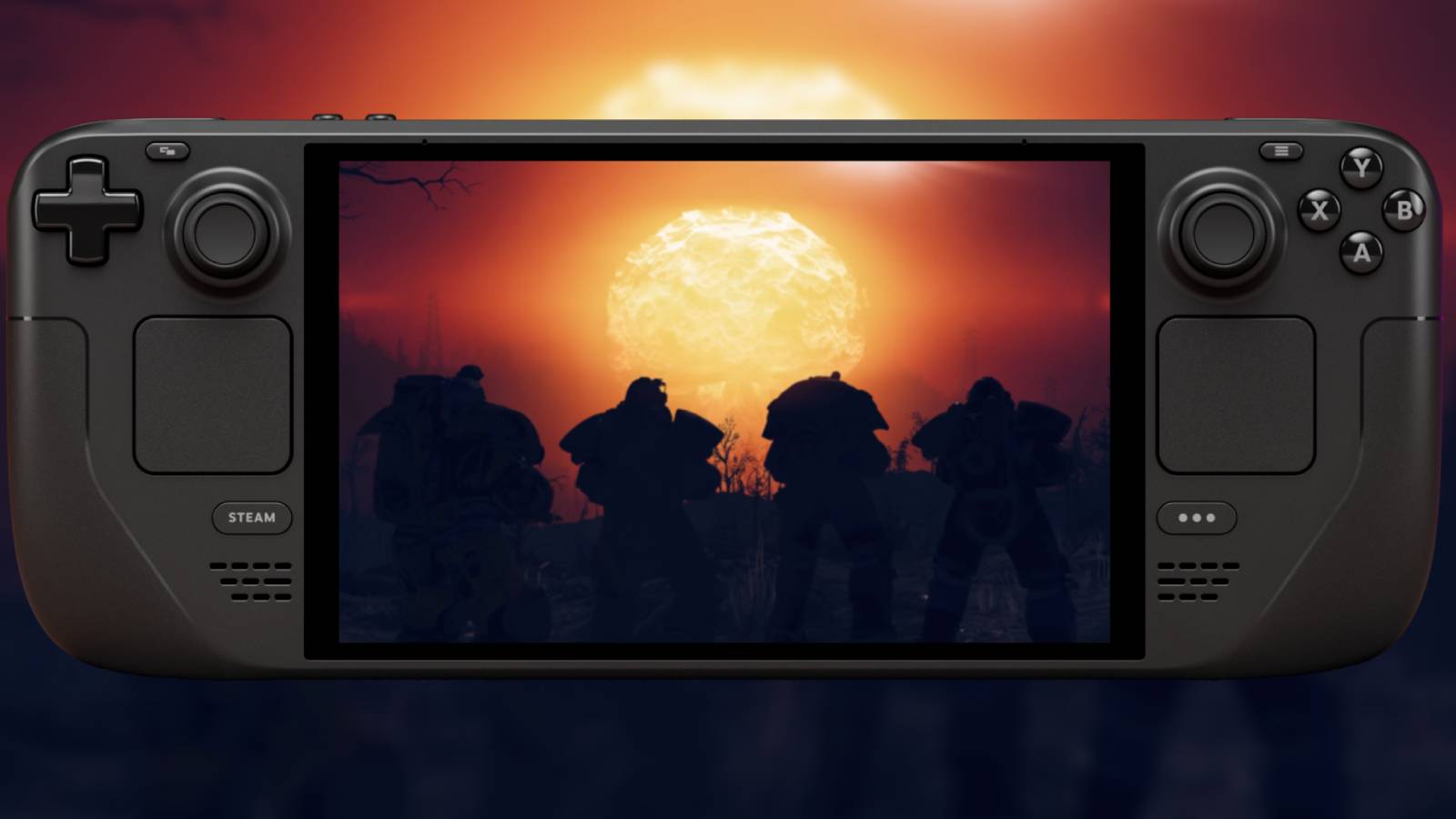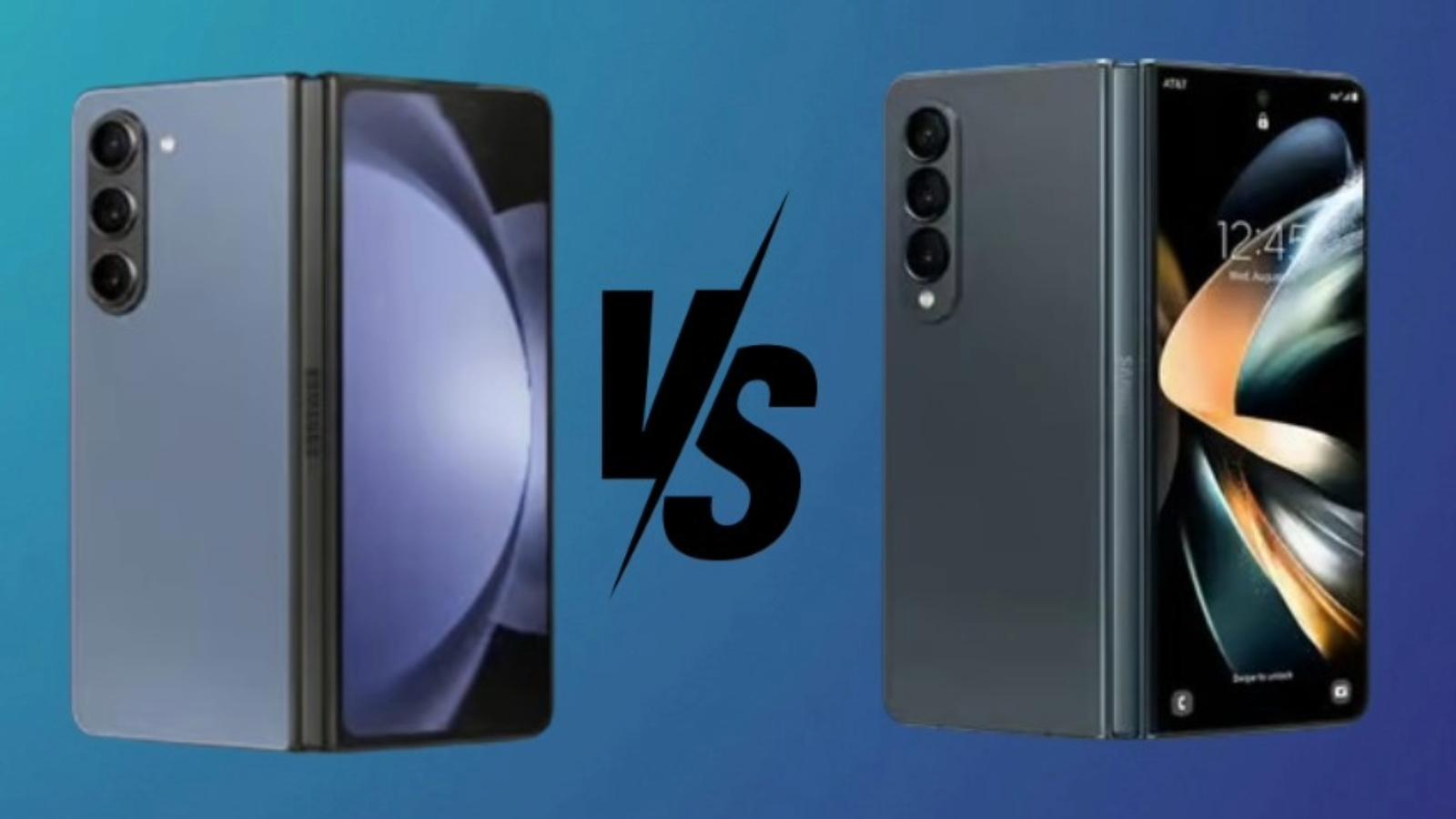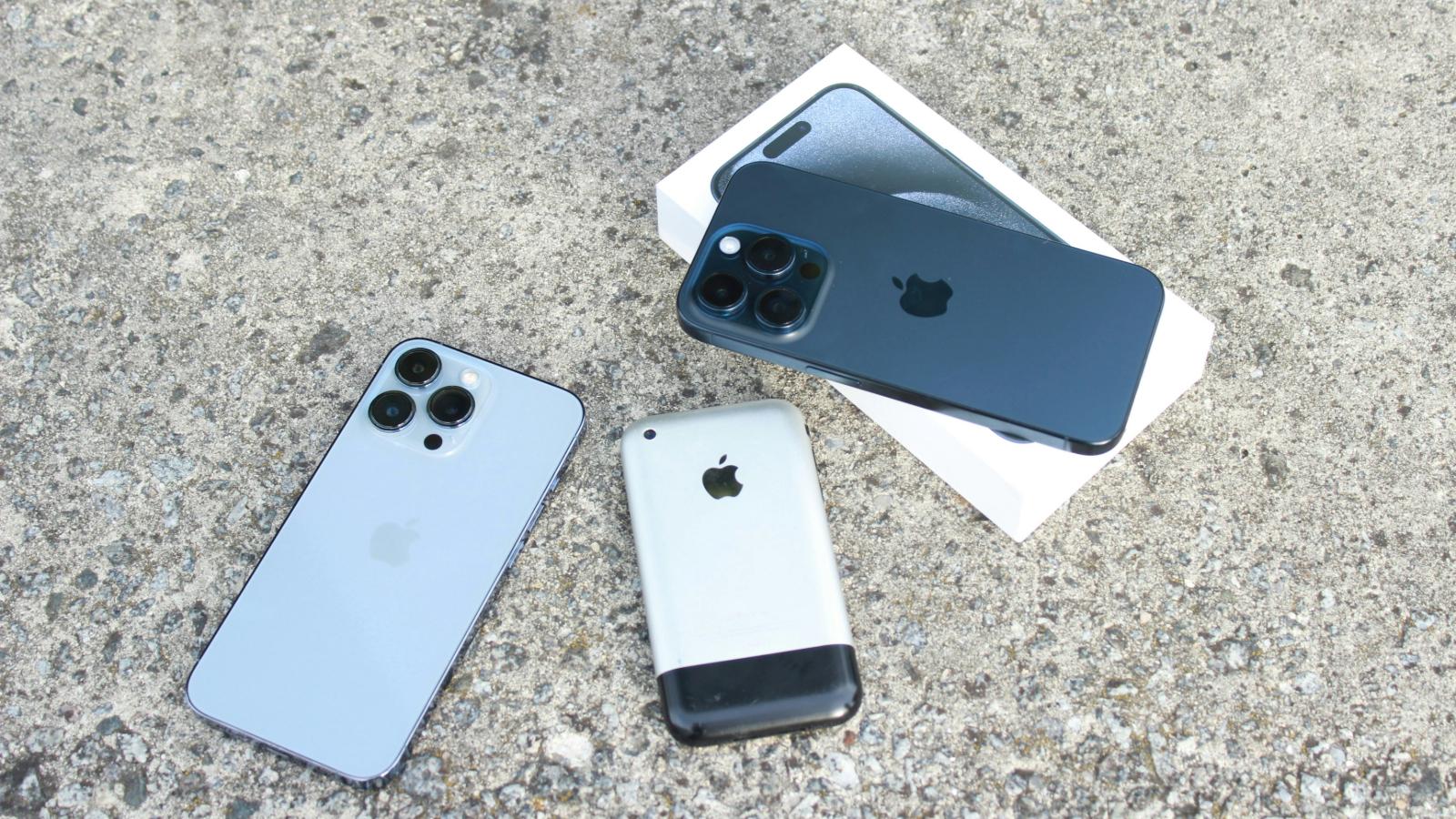RØDECaster Pro II review: Professional audio without the fuss
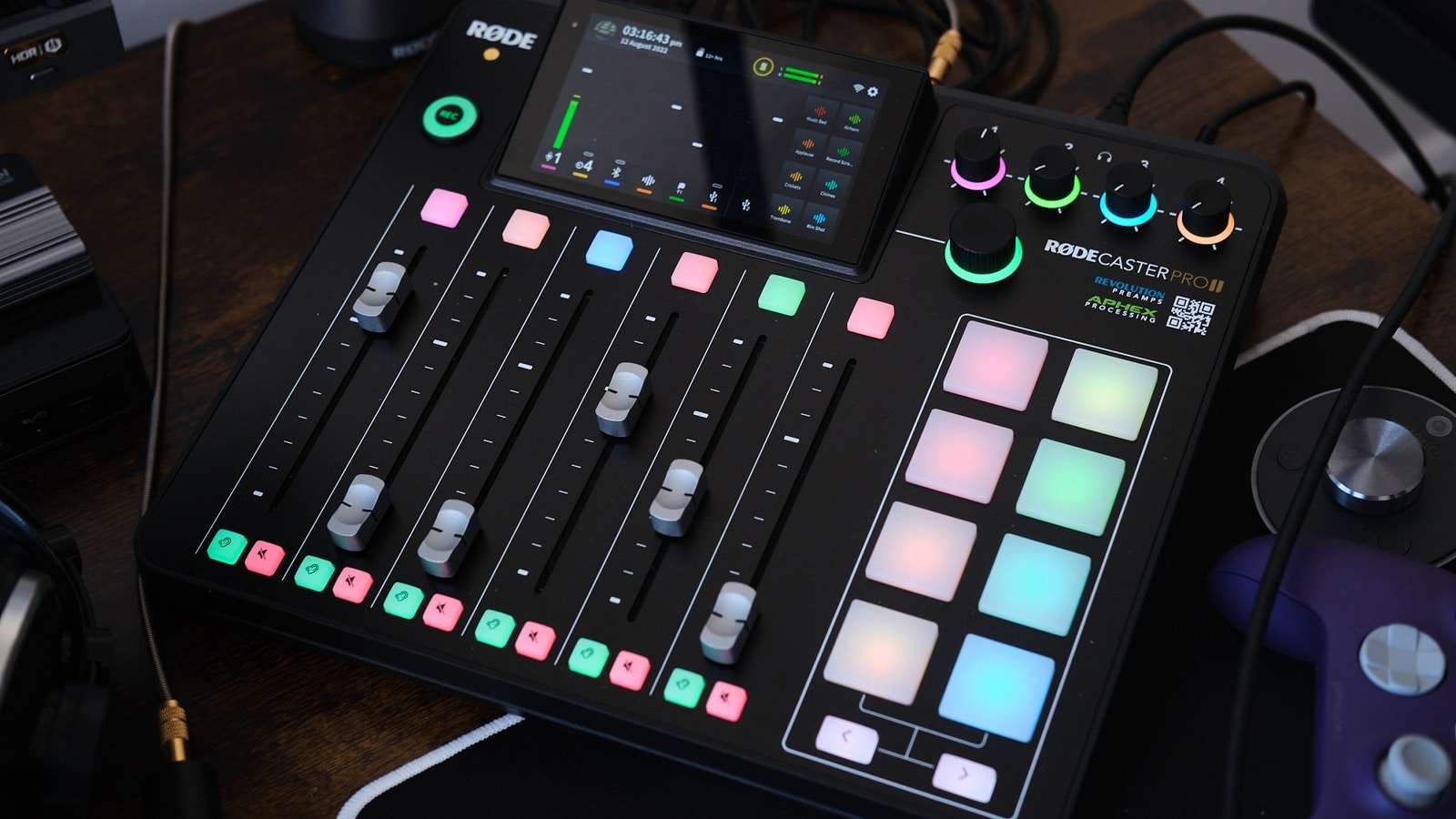 Dexerto
DexertoAs the sequel to Rode’s near flawless attempt at an all-in-one studio mixer, does the RØDECaster Pro II manage to break what didn’t need fixing?
At nearly $700, the RØDECaster Pro II is a tough sell. Why wouldn’t you just go out and buy a cheaper mixer and build out the various features yourself? Everything is incredibly doable if you want to DIY it, but the fact of the matter is, it’ll never be as easy and simple as the RØDECaster Pro II makes it.
Originally designed to be an all-in-one podcast and broadcast mixing desk, the RØDECaster Pro was a definitive hit. The ability to plug in and go with XLR, line-in, or even your phone and Bluetooth devices made it a quick and easy way to record audio and have a professional-sounding show at the touch of a button.
However, after its release in 2018, it began to pique the interest of streamers. It offered more control and options over the go-to of an off-the-shelf mixer, or even the standard GoXLR.
Fast-forward to 2022, and RØDE has come out swinging with the RØDECaster Pro II, and has a few new promising tricks up its sleeve that separate it from the original.
Key Specs
- Frequency range:
- Mic Inputs: 20Hz – 20kHz
- Monitor outputs: 20Hz – 20kHz
- Microphone input impedance: 4KΩ
- Instrument input impedance: 1MΩ
- Preamplifier gain range: 0 – 76dB
- Equivalent noise: -131.5dBv
- Line output maximum level: 4dBu
- Headphone output power: 250mW
- Power requirements: 30W USB-C PD (15V, 2A)
- Bit depth: 24bit
- Sample rate: 48kHz
- Price: $699/£699
Where to buy the RØDECaster Pro II
Features:
- Revolution Preamps
- Aphex Processing
- Touch screen
- 4 x XLR/6.35mm line-in ports
- 1 x Left and Right jack
- 4 x 6.35mm headphone jacks
- 2 x USB-C in and out
- Wi-Fi and Ethernet
- 8 x touch pads
- microSD card reader
What’s in the box: RØDECaster Pro II, USB-C cable, USB-C power adapter
Setting up the RØDECaster Pro II
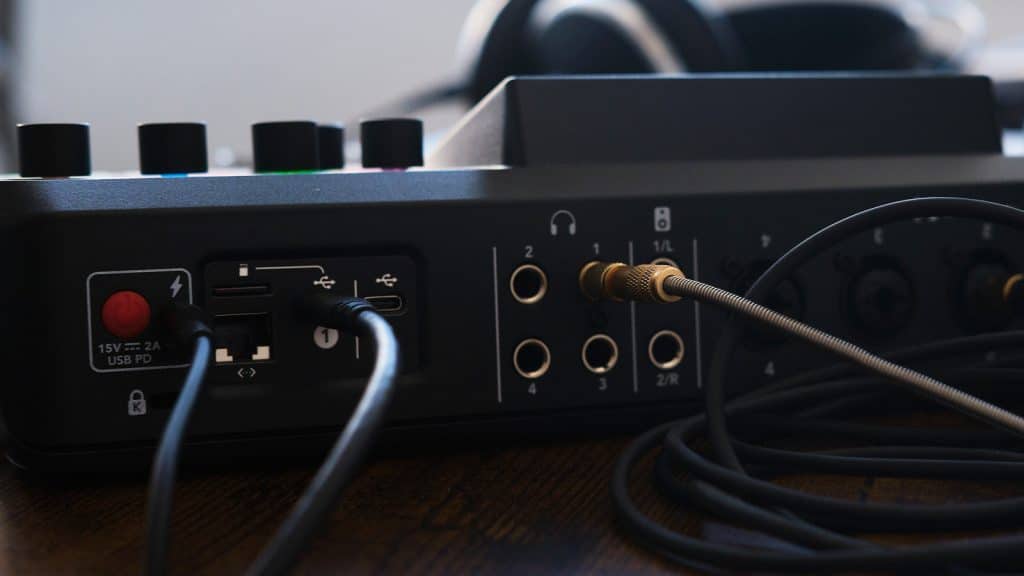 Dexerto
DexertoThis might be one of the easiest things we’ve ever had to set up. We plugged it in, with an XLR microphone, a pair of headphones, and a USB-C to Lightning cable to test the iOS connectivity.
The only hiccup we ran into was when we came to connect it to our MacBook Pro (M1 Pro, 14”), where the Rode Companion App software recognized immediately. However, issues arose when we wanted to update the device, as the Companion App wouldn’t function without the update going through.
macOS couldn’t recognize it when it went into the transferring mode, leaving the update to hang on the RØDECaster itself, while the app failed to complete it. This was rectified by using the built-in Wi-Fi on the device, which pulled the update and was finished in about ten minutes.
This is one of our only complaints and is an issue we haven’t run into since, as transferring sound effects over to the built-in 4GB of storage to place on the touch pads was incredibly simple.
Rode’s built-in wizard to get a ‘show’ set up is surprisingly in-depth too. It’ll give you tips for getting the best performance out of a microphone and even ask what microphone you’re using. Of course, it’s not going to have every microphone, but it’s easy to point out which is closest to yours via the images on the touch screen.
You can have one ‘show’ at a time, but the RØDECaster will export and store previous shows for you to load up if you wish.
For such a professional device, it’s remarkably easy to get started with. We were able to get recording a fake radio show with full jingles, music, and impressive audio within about five minutes of playing around with the device.
RODECaster Pro II design
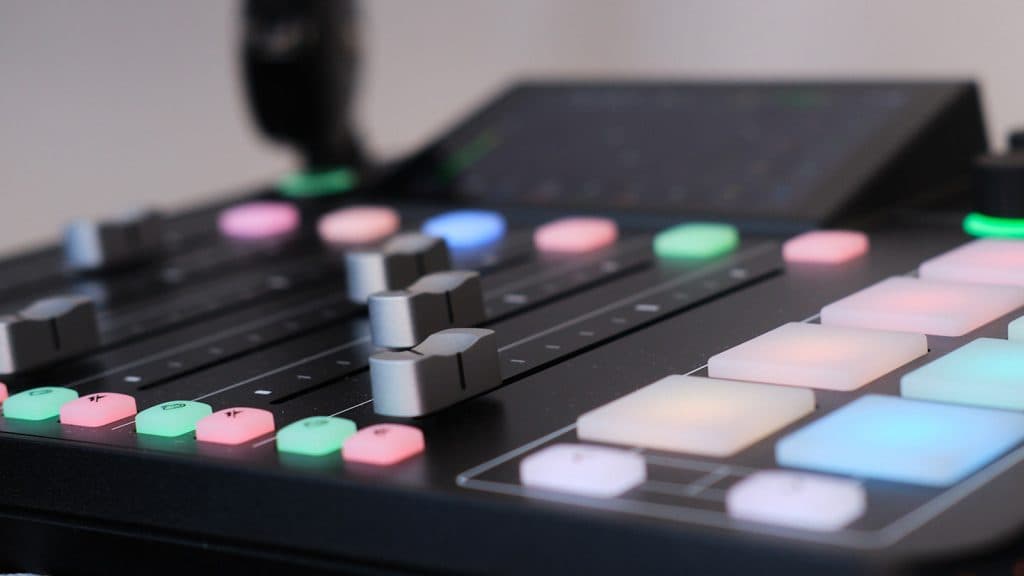 Dexerto
DexertoRØDE has crafted a sleeker, less cluttered look for the Pro II. It’s an impressive piece of design, one that you rarely have to think about using. Each knob, button, and touchpad work exactly as intended. On the touch screen, you can clearly see everything.
There are almost no faults in the design department. It not only looks great on the desk despite its many lights. All the while, the RØDECaster Pro II remains low profile enough to not be a distraction while looking at a screen.
The RØDECaster Pro II just feels great to use. Slamming our fingers down on the airhorn button and fading in music is effortless. Each slider has enough resistance to prevent accidental knocks, but not enough that it will cause you to miss a cue.
We think the only real complaint would be not allowing for the on-screen, extra input to be controlled with the touch screen. While it does prevent a lot of nuisances from happening, it feels like the only unintuitive thing that’s actively available at your fingertips. Instead, it’s controlled with a dial next to it.
Each light can also be changed to a different preset color of your choosing, with matching rubber rings sold separately so you can easily pack up and set up again.
This is a common thread throughout the RØDECaster Pro II. While the Pro 1 was an incredible device and equally easy to use, everything surrounding the Pro 2, from its accessories and functionality is designed to make your life easy. Nothing ever feels like it’s potentially out of step with beginners or seasoned veterans.
Recording and audio quality
With the preamps and processing built-in, you’re going to get enough power to your microphone and headphones for some incredible sound. It’s solid all the way through, but you have to take into consideration that this is still a high-end device, with high-end needs.
We think this is where the ease of use of the device comes into play. RØDE clearly wants you to buy into their ecosystem of accessories and microphones, but the fact of the matter is, no matter what we put in, it always produced a great result.
A cheaper, Behringer condenser microphone, still gave us top results, with a clear and crisp sound. It, of course, sounded better on the RØDE Procaster microphone, but your mileage is going to vary depending on what microphone you use.
It’ll also depend on what preset you want to go with. ‘Broadcast’ will give you a flatter sound, while ‘Podcast’ will boost your bass up. There’s a neutral reset, but this just gives you as raw of a sound as possible.
You’ll also want to be aware that as the inputs are incredibly sensitive and powerful, you’ll be picking up a lot of background noise if you don’t work around it. This is the only part of the recording process that could be an issue.
However, if you intend to use this type of device anyway, you’ll be well equipped to learn its eccentric values to work with noise gates and post-processing. If you combined it with Nvidia’s Broadcast noise removal, you’d probably be able to eliminate a lot of the work on Windows.
All of these settings can be altered on the RØDECaster itself, but it’s recommended you acoustically treat your room with panels or foam.
Despite having a USB-C input, there was no way to use a USB microphone. Analog is superior to digital, but it’s more understandable when you consider how the two styles of microphones are vastly different. This isn’t something you’d plug any old junk into and expect results.
Connecting the RØDECaster Pro II as an interface
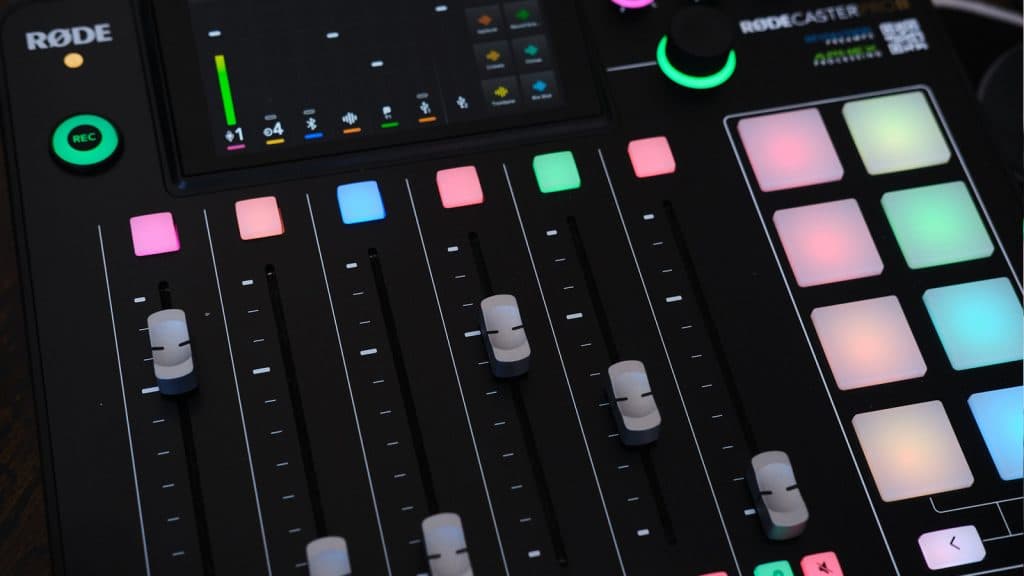 Dexerto
DexertoListening to things as a USB interface can be a tad confusing, especially if you’re working to use it as your main recording desk while streaming. On both Windows and macOS, you have to set it so that the device comes through one of the lines, in our case ‘USB 1’. This takes up a slot on one of six physical sliders, or can be done on the virtual input.
If all your headphones and devices are hooked up through it, you’re going to need to power on the Rode to be able to hear them. This isn’t an issue, but if you’re not streaming or recording that day, it might be worth getting an additional pair of headphones or headset that’s not restricted to the device.
Recordings can be easily transferred over USB, or you can slide out a microSD card and use that. We put in an older SDXC, 64GB SanDisk card, and have over 12 hours of recording time. Not only do these sound files come out great, but they’re not particularly huge either.
A genuine lifesaver is a choice between allowing the output to be pre or post-faded. If you happen to make a mistake during your session and don’t mind a bit of post-processing, this can save a whole show from being ruined.
Multitrack recording
While the built-in recording feature is a fantastic backup to have, and easy enough to have for a one or two-person show, even a high-quality capture of your live stream audio to resync up, it doesn’t have the capacity to spit out a multitrack in one file.
In audio, however, one of the only multitrack audio formats is .OGG, and the RØDECaster Pro II does not export to this. Instead, it’ll export a folder with all of your inputs included as either .WAV or .MP3. You can then work with whichever you want.
Coming from a video background, multitrack files can be easily made these days thanks to updates to various formats. MP4 now supports multiple tracks when recording in Nvidia Broadcast, while in OBS, you can easily circumvent this by recording to MKV.
It’s a tidy workaround and one that doesn’t require your computer to be nearby with Garageband or Reaper open to take advantage of it. Though, you will need to change some settings when you do set up your device, as the RØDECaster Pro II assumes you want to record in stereo for simplicity’s sake.
Is the RØDECaster Pro II good for streaming and gaming content?
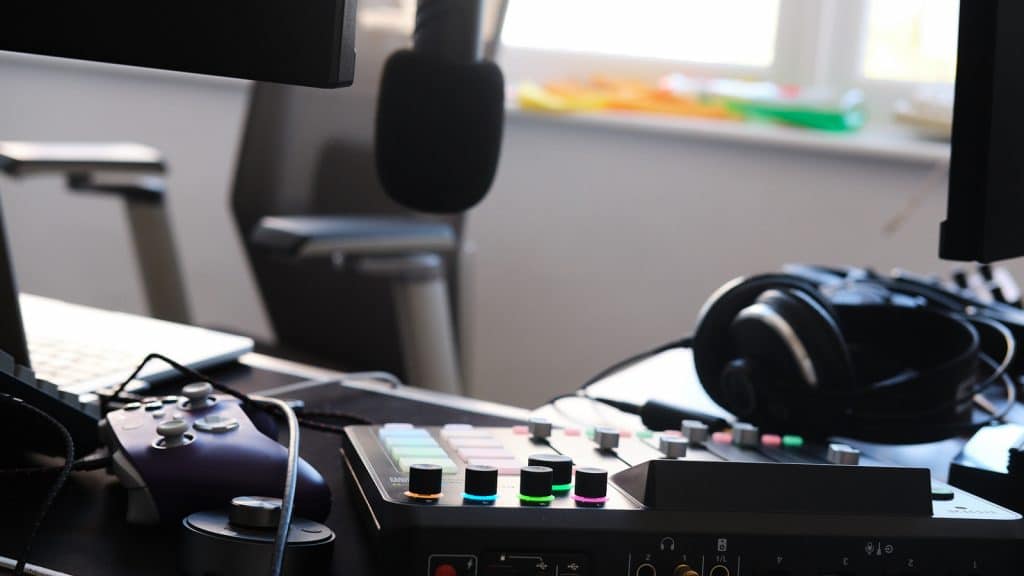 Dexerto
DexertoThis is a solid and firm yes. The RØDECaster Pro II is one of the best devices you can introduce into your workflow. Having a central device to control your audio output is vital. Interacting with the software while you’re full screen in-game can be a detriment to your stream, even if you’re gaming in borderless window mode.
Having a physical mixer in front of you allows you to swiftly move to fix any issues your audience is having, while the built-in recorder keeps your audio safe and siloed off in case of any de-syncing issues.
There are options to place markers on your audio recordings for future reference by tapping the recording time, which you can then line up with the touch screen or selection knob to cut down to when you go live.
If you’re streaming or recording something with guests, you can utilize the ‘mix-minus’ on the USB outputs to stream out everything but their audio. Having this built-in is maybe one of the best features on the device, saving the hassle of having to route audio around with OBS Studio or other applications.
Should you buy the RØDECaster Pro II?
If you’re incredibly deep within the streaming and content creation world? Yes.
If you’re starting out, we’d recommend putting your money away for the time being. This is a device that you need if you know you’re going to be making professionally-produced content.
At $700, with no additional kit, this is a steep ask for many, unless you have a genuine use-case for it.
However, for those considering making a career out of streaming or already looking to upgrade their streams and podcasts in new ways, this is the way forward. The $700 bucks it costs make up for the absolute ease of use it brings to your setup.
If the previous RØDECaster Pro was a nearly perfect book, this is the revised edition that adds even more to the experience.
It also comes with an air horn button built-in, so it’s perfect in our eyes.
9/10
If you click on a product link on this page we may earn a small affiliate commission.
